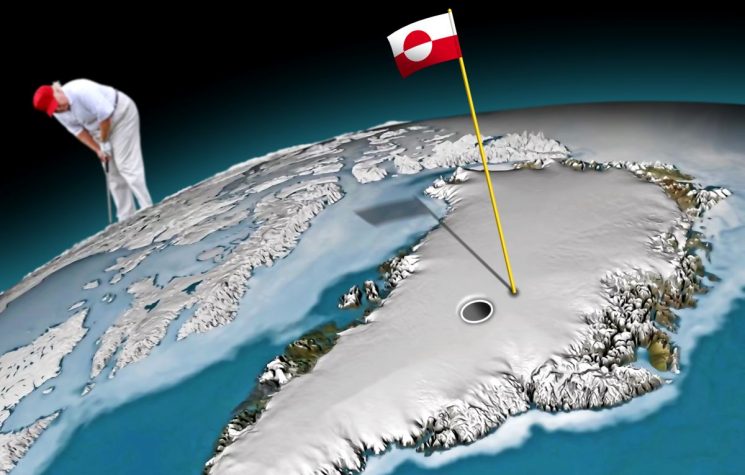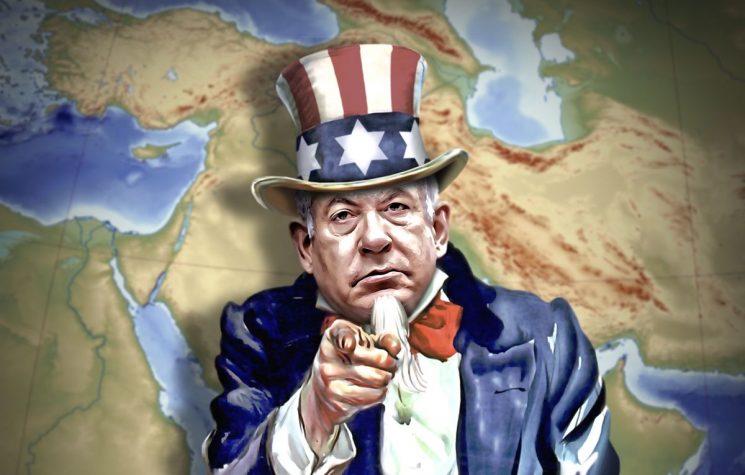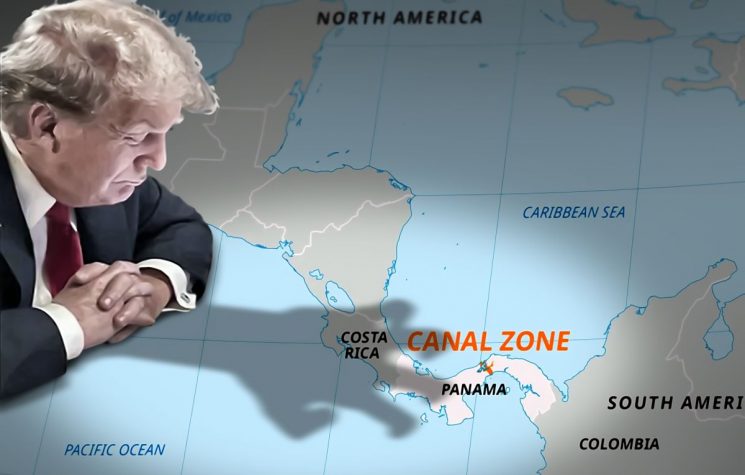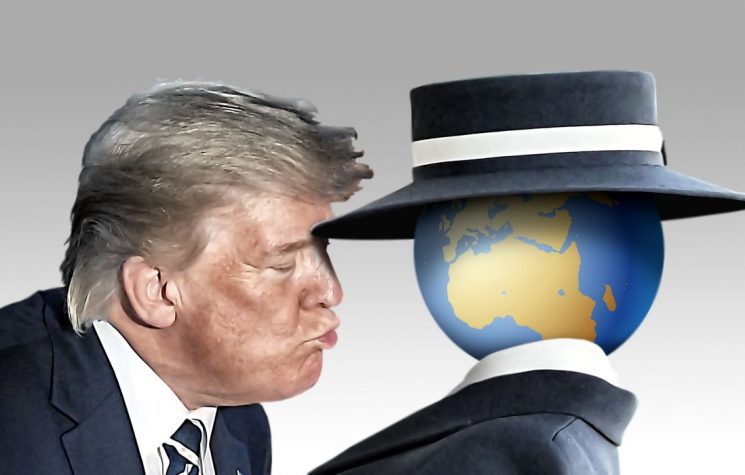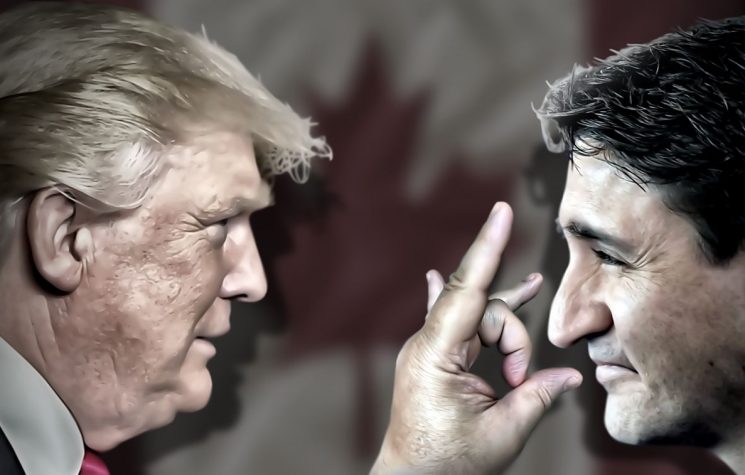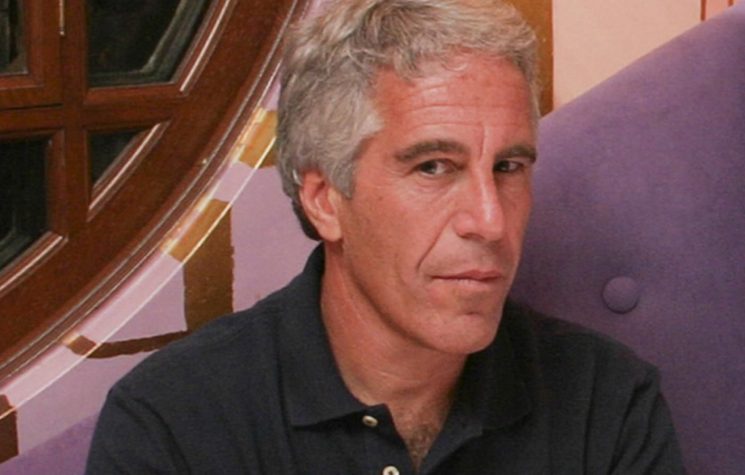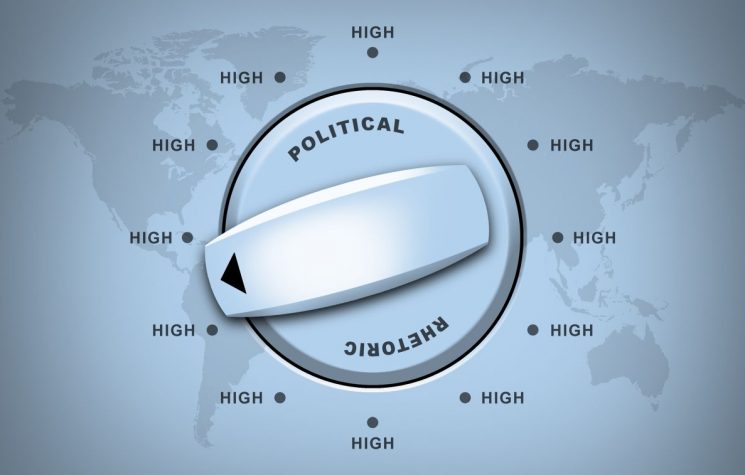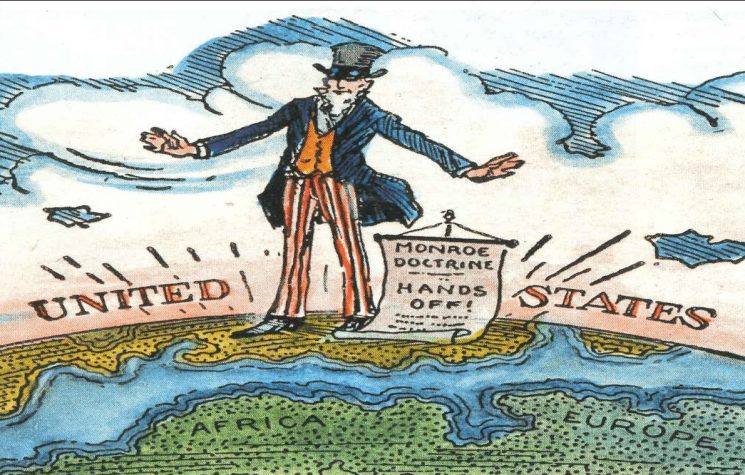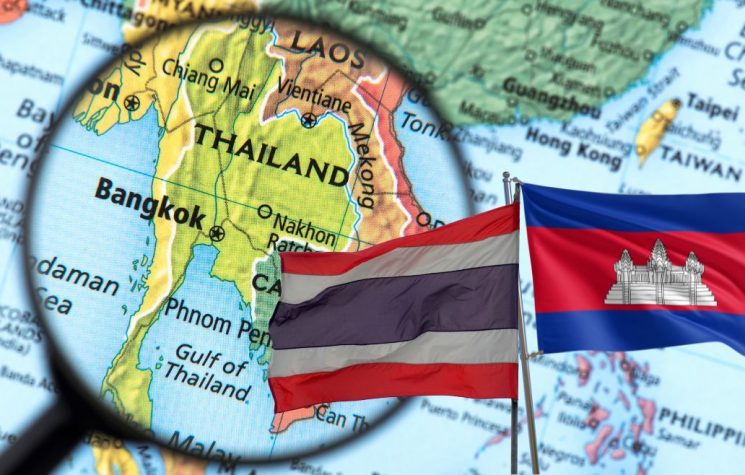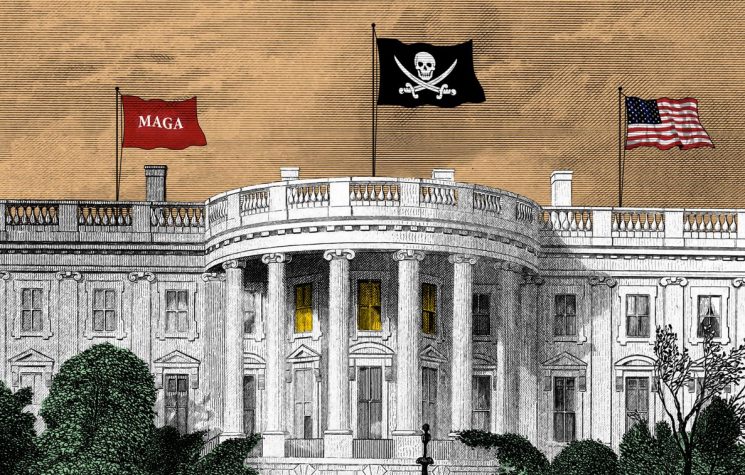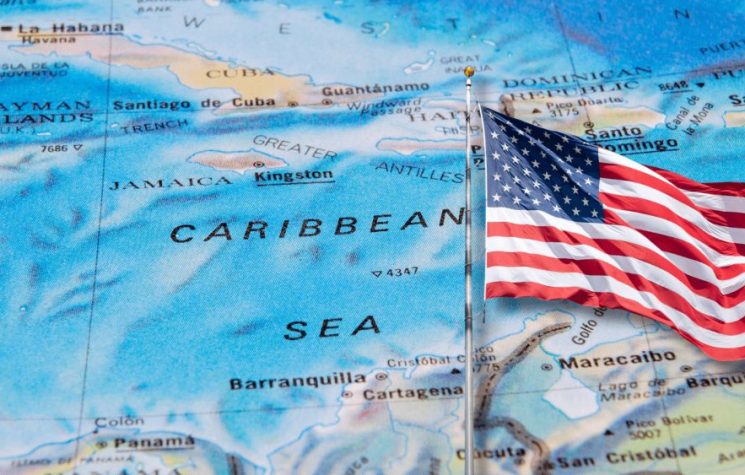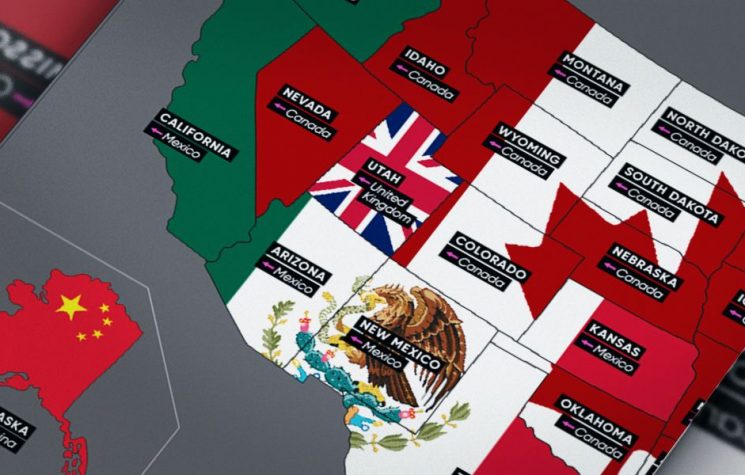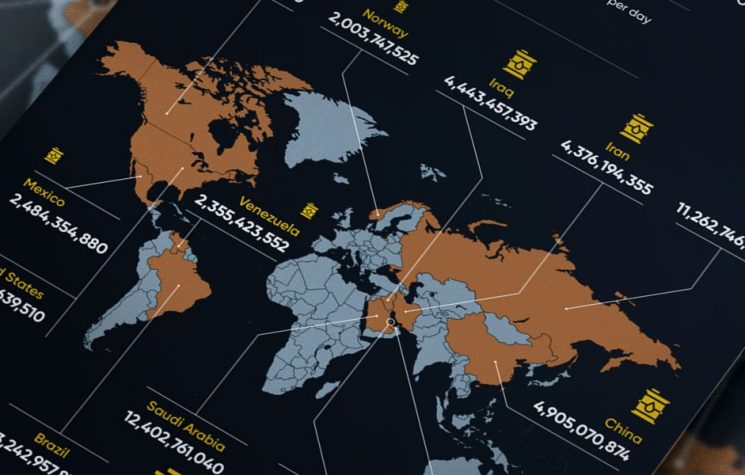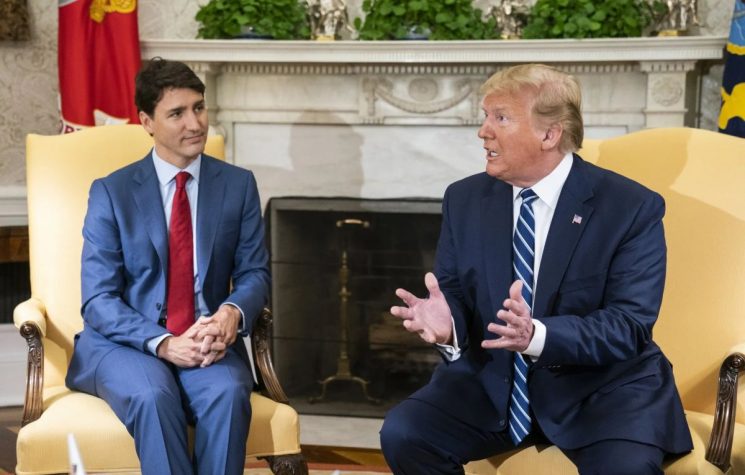Perhaps not everyone knows that the United States of America attempted to conquer and annex Canada some 200 years ago.
Contact us: info@strategic-culture.su
Perhaps not everyone knows that the United States of America attempted to conquer and annex Canada some 200 years ago. The historical fact now has probable political relevance in the renewed trade struggle between the U.S. and Canada, with particular significance for the Arctic race.
Something like 200 years ago
It is June 1812: the United States declares war on Great Britain, citing among its grievances the practice of taking sailors from American merchant ships to force them to serve in the British navy. The United States also objected to a system of blockades and licences designed to block trade with Napoleonic France and to Britain’s alleged fomenting of unrest among Native Americans. At the same time, U.S. President James Madison approved an attack north against Canada on three fronts.
The idea was that of a blitzkrieg, a lightning war, because Britain was occupied with the Napoleonic wars. The acquisition of Quebec was to be the first step, as President Thomas Jefferson said, as was the conquest of Ontario and the city of Montreal. The British controlled the Great Lakes, so they could move troops and supplies quickly, and enjoyed the support of the Canadians and many native tribes, who did not want to welcome the Americans as their ‘liberators’.
The U.S. was unprepared: an army of about 12,000 men, crudely trained, without sufficient strategic preparation, but with generals highly motivated to attempt the impossible.
On 12 July 1812, General William Hull led his men across the Detroit River and into Canada, where he immediately issued a written proclamation telling the inhabitants that they would be ‘emancipated from tyranny and oppression’. These words quickly proved to be ridiculous. Hull and his men, after a brief siege of Fort Malden, the main Canadian outpost, were driven back by a small contingent of Native warriors, commanded by Chief Shawnee Tecumseh, and the troops of British commander Isaac Brock, who arranged for the Americans to receive a forged document that spoke of large numbers of Native Americans approaching Detroit. In August, Hull was forced to surrender. Around the same time, the British captured Fort Dearborn, in present-day Chicago, and an American outpost on Mackinac Island, between Lake Huron and Lake Michigan. Hull was later court-martialled and convicted of cowardice and negligence.
Further east, American General Stephen Van Rensselaer prepared an assault for 11 October at Queenston Heights, on the Canadian side of the Niagara River, but an officer mysteriously disappeared with all the oars of his boats as the natives attacked the troops, decimating them.
In the third phase of the attack, American General Henry Dearborn marched from Albany to Plattsburgh, New York, on the shores of Lake Champlain, with the idea of capturing Montreal, but the state militiamen refused to leave the United States and ended up accidentally shooting at each other in the dark, never entering Canada.
The Canadian campaign on characterized by disaster, defeat, ruin and death.
Unconvinced, at dawn in 1813, soldiers commanded by future president William Henry Harrison, destroyed the British fleet on Lake Erie, captured the strategically important Fort George near the mouth of the Niagara River and recaptured Detroit, then captured Toronto (which was called York at the time).
The British then reacted strongly, sending new troops from the Old World, where the Napoleonic Wars were at an end, and routed the Americans. A peace treaty was signed to end the futile sham. A great reconciliation ball was even held on the Detroit frontier. Since then, the U.S. and Canadian armies have no longer clashed and have become strong allies for defense.
The revival, year 2025
Thus we arrive at 2025, a year that is ushered in with Trump’s threats to trade relations with Canada and beyond.
In light of what happened a couple of centuries ago, it is curious that in pursuit of his MAGA campaign motto, Trump has once again gone on the attack against Canada. It almost seems as if this thorn in the side never passes for Americans.
The fact is even more interesting if one considers it from a strategic point of view: for the U.S., the ‘conquest’ of Canada or at least part of it, hand in hand with Greenland, would mean not only having access to the many energy delicacies found there, but also being able to position medium-range weapon systems towards Russia and China.
Yes, the white war is more realistic than some mainstream analysts think. Geography is not an opinion and neither are international relations. Going from the North, from the polar zone, is quicker than going round the entire world. However, there is the disadvantage of the inhospitable nature of the territory, so it is necessary to organize management strategies for this ‘new’ – so to speak – domain, so as to be able to play on a theatre of possible conflict with a certain familiarity.
The urgency of this strategic acquisition is very strong. Indeed, a multipolar world is more complex to cope with than the old model, but it is still at an early stage, so the Nordic loophole must be played out with good timing. If we add to this the historical dislike for Canada, the combination works perfectly.
Politically, this can also be played out against liberalism and globalism: Trudeau is a progressive Dem leader, going against his presidency means gaining some support in the international conservative area. A more aligned Canada is convenient for the whole American bloc, according to the U.S. perspective. Moreover, Trudeau is too tied to Europe, so it is not convenient to keep him where he is. Let us therefore not be surprised if we see destabilization in the U.S.-Canadian border territories, beyond the usual migratory tensions: a continental infighting would be a nice play to achieve the strategic objectives of the northern route.
All this is consistent with the already well-known doctrine of the Northwest Passage, the sea route through the Canadian Arctic archipelago, connecting the Atlantic and Pacific Oceans through polar waters.
The increasing accessibility of the Northwest Passage, due to the melting of Arctic ice, has opened up new possibilities for maritime trade and the exploitation of natural resources, as well as for optimal military positions to ‘close’ Eurasia from above. However, this situation has raised a number of geopolitical issues, especially for the United States.
One of the main points of contention is the control of the sea route. Canada claims sovereignty over the waters of the Northwest Passage, classifying them as internal waters. The United States, on the contrary, considers the Passage an international waterway, arguing that it should be open to global navigation according to the rules of international law. This divergence reflects a potential conflict of interest, as recognition of Canadian sovereignty could restrict U.S. and other states’ freedom of movement.
The presence of a navigable route in the Arctic increases the need to monitor and protect northern waters. For the U.S., this means developing military capabilities and infrastructure in the region to prevent intrusions from potential rivals, such as Russia and China, which are also expanding their influence in the Arctic.
Diplomatically, the U.S. could have sought a more balanced alliance with Canada to move beyond territorial issues, but American arrogance is apparently getting the better of them.
The U.S. is planning quite a revival. Who knows if it will end up like the previous one?
We only have to conclude with the irony of Dmitry Medvedev, who commented on X on the matter with these words: ‘It is not clear why the United States, as a country, should annex Canada, Greenland or even Great Britain and take back the Panama Canal. There is a more civilized way: Donald Trump and Elon Musk can simply buy the land, making it their own private property’.
To each the president he deserves.










